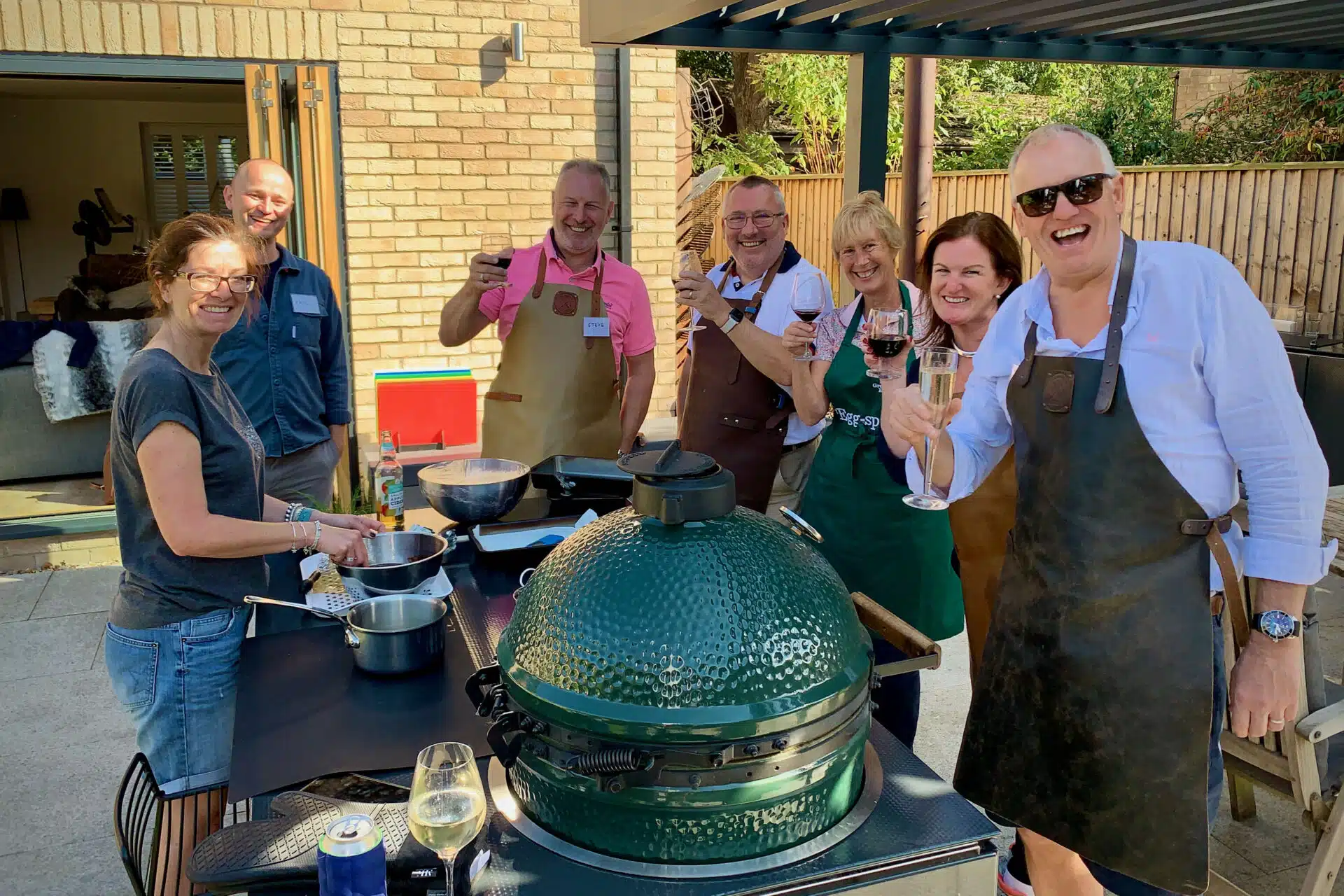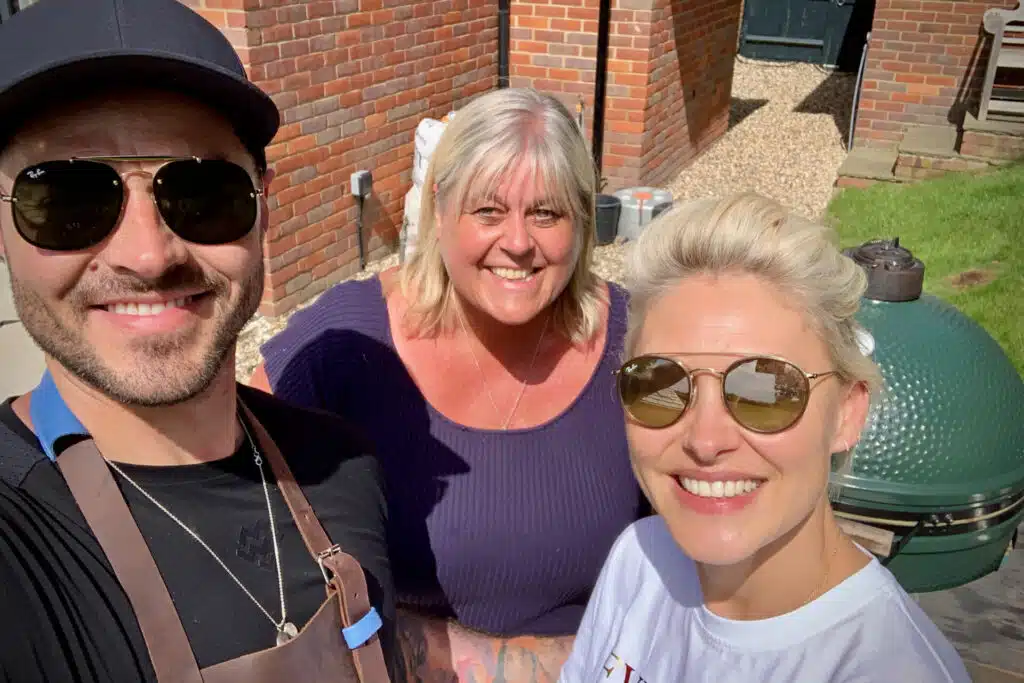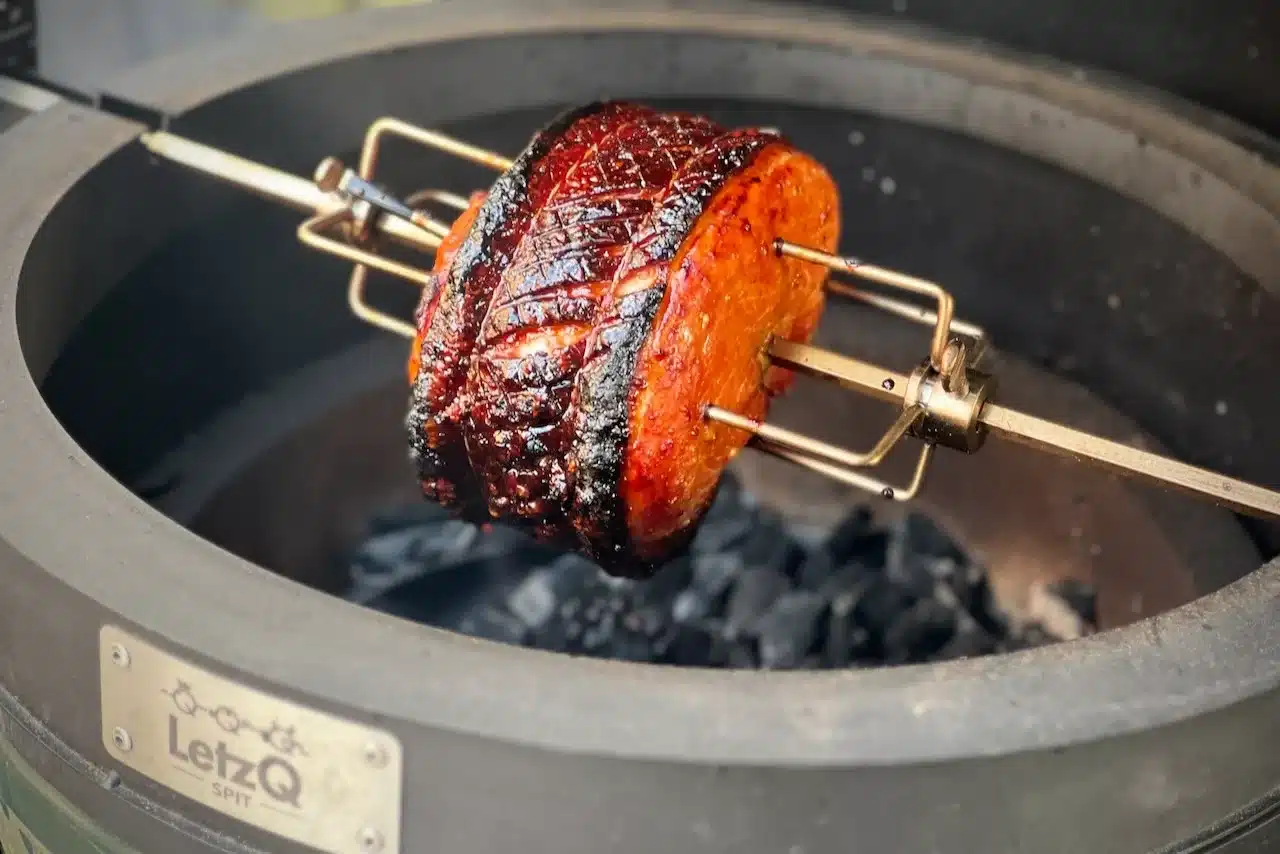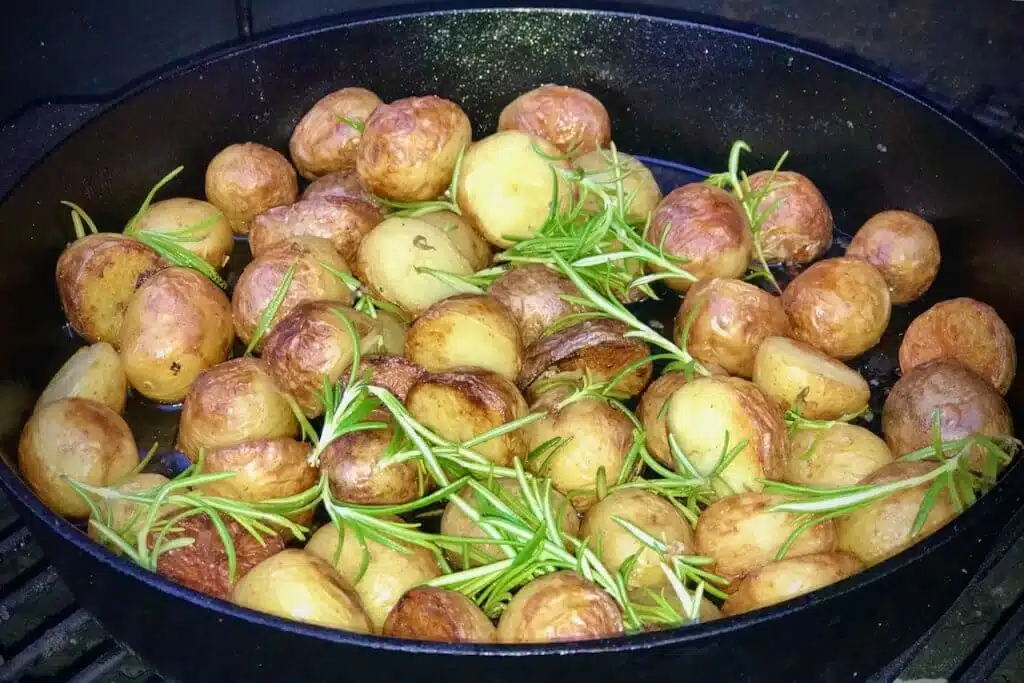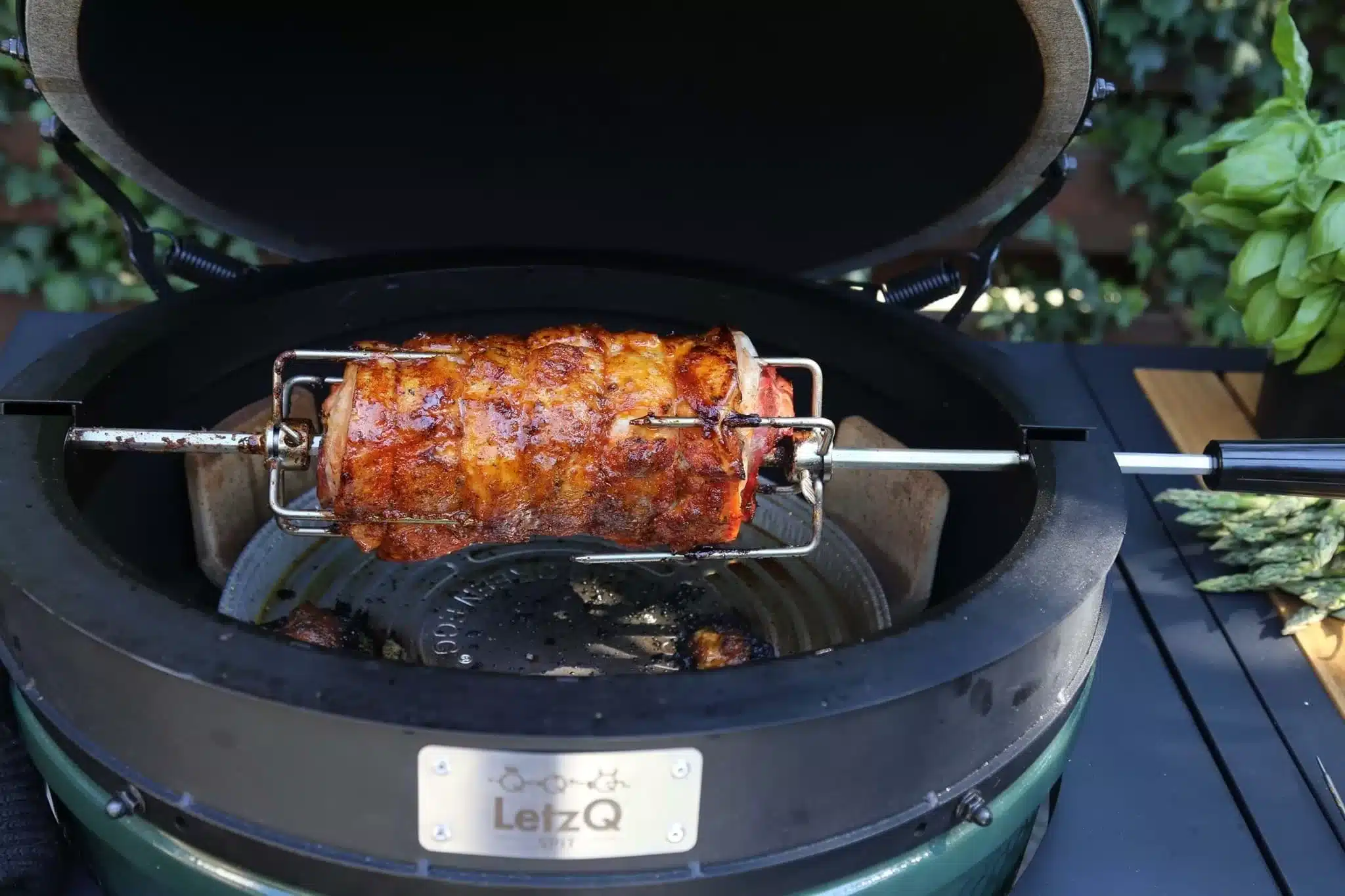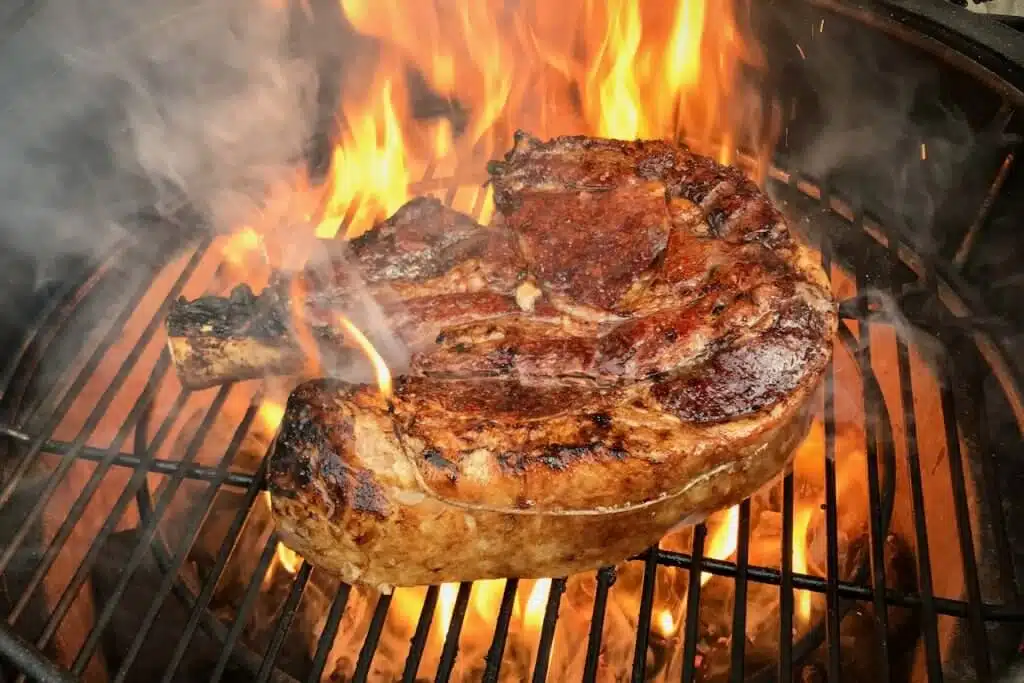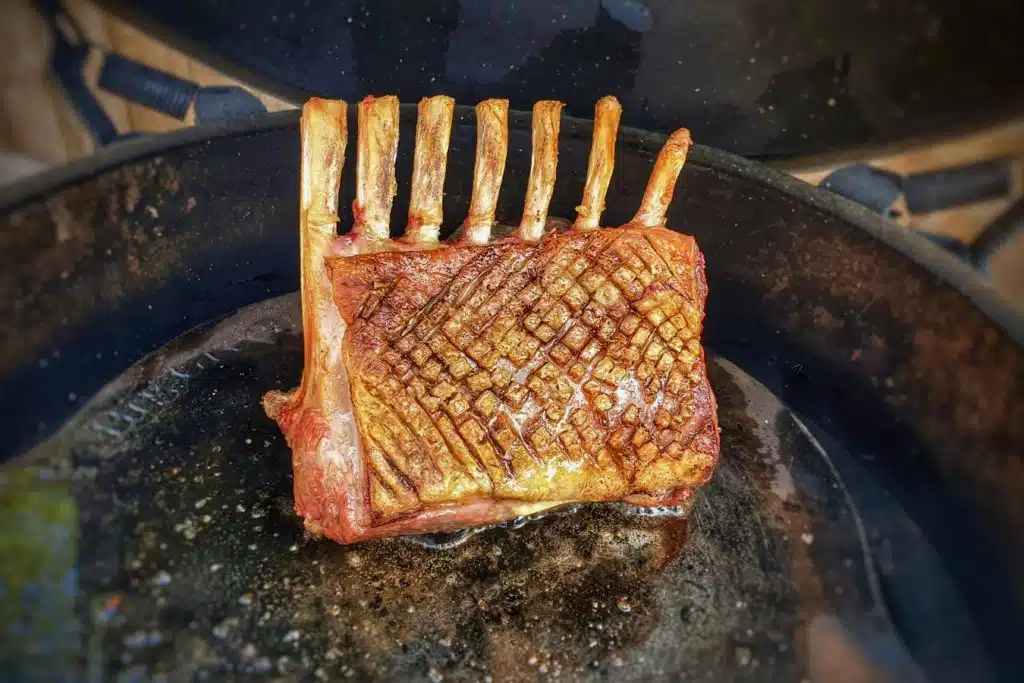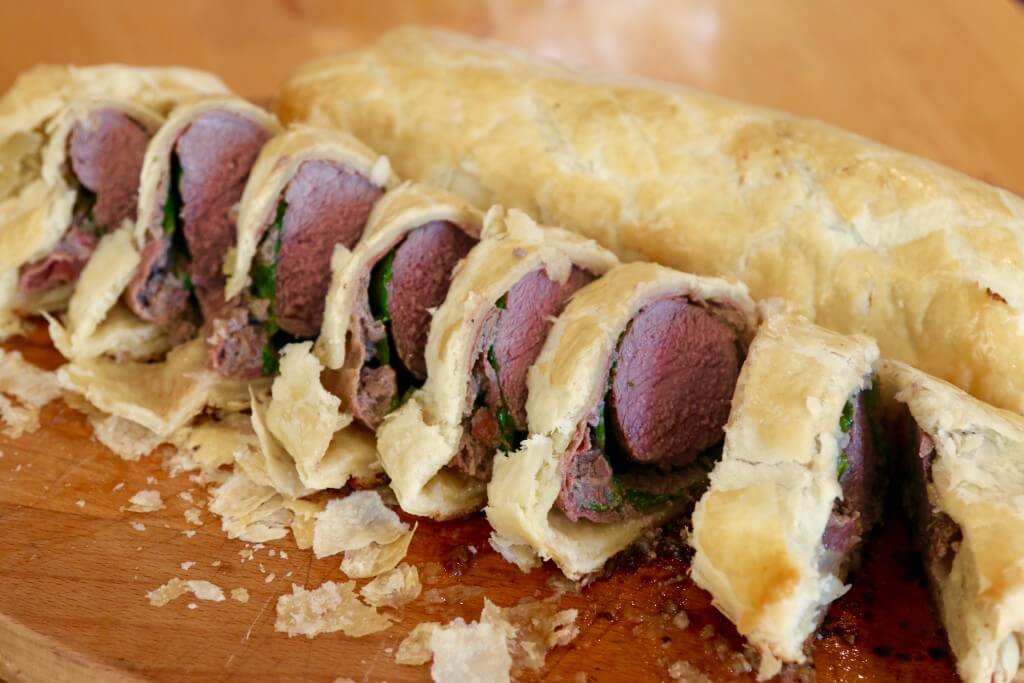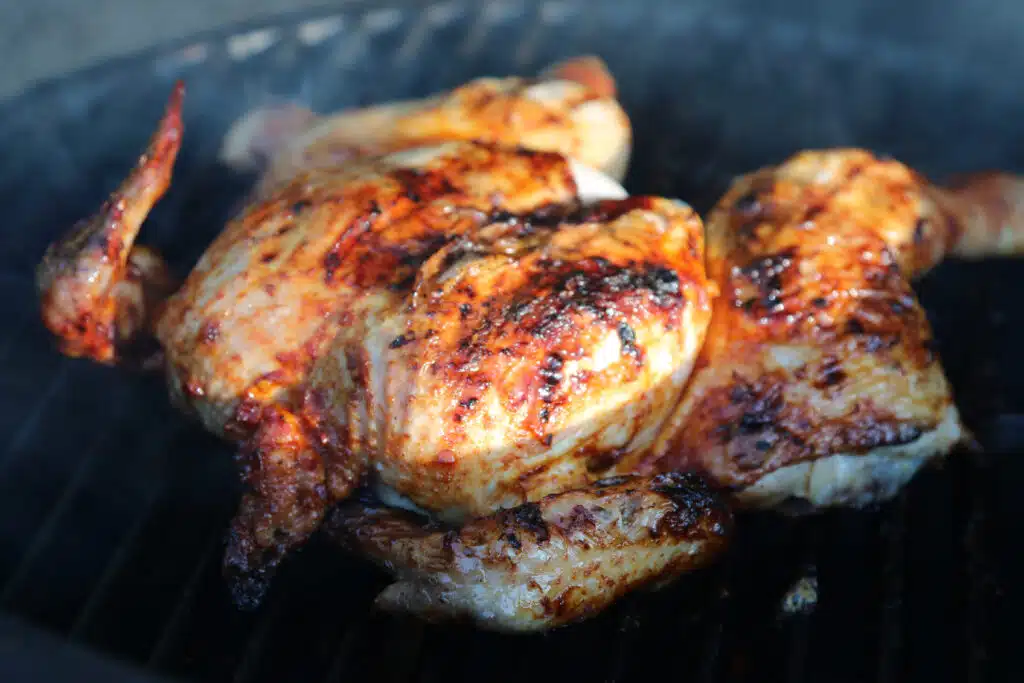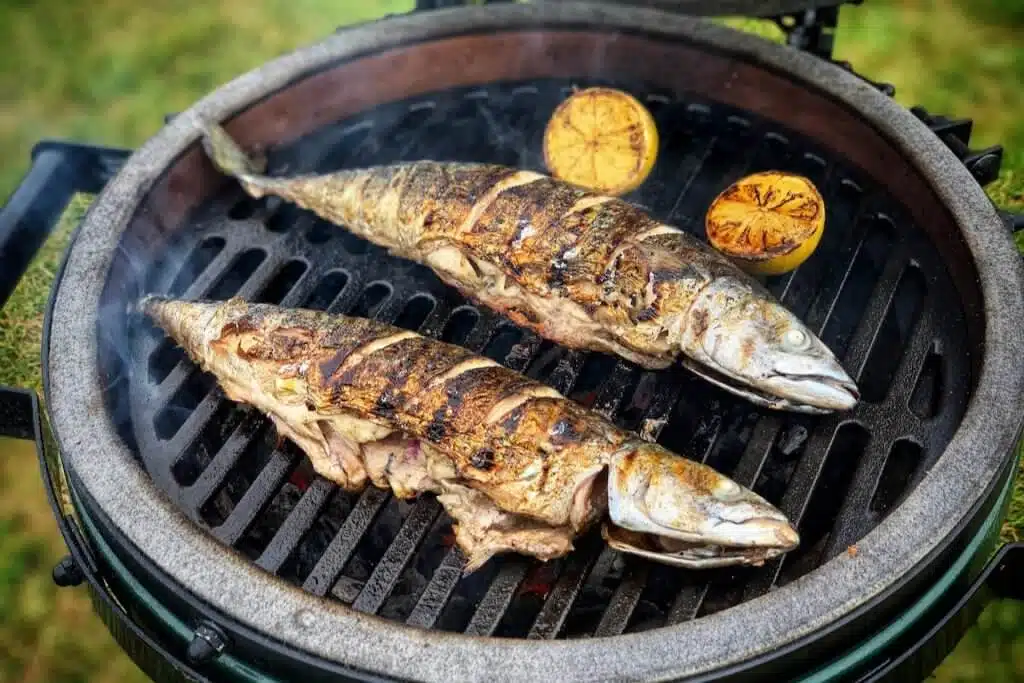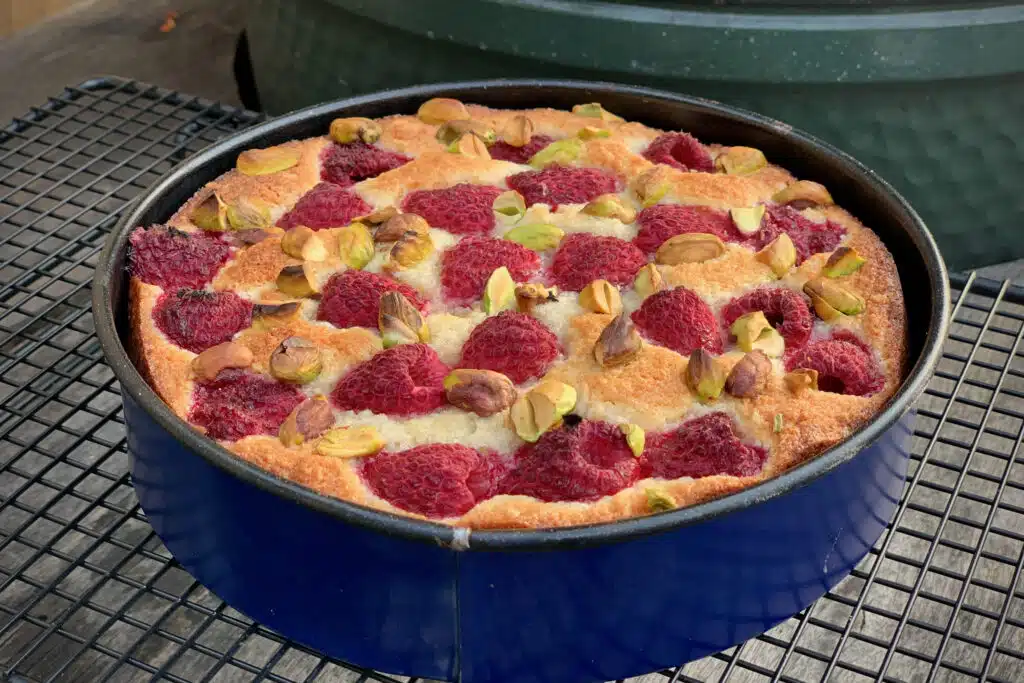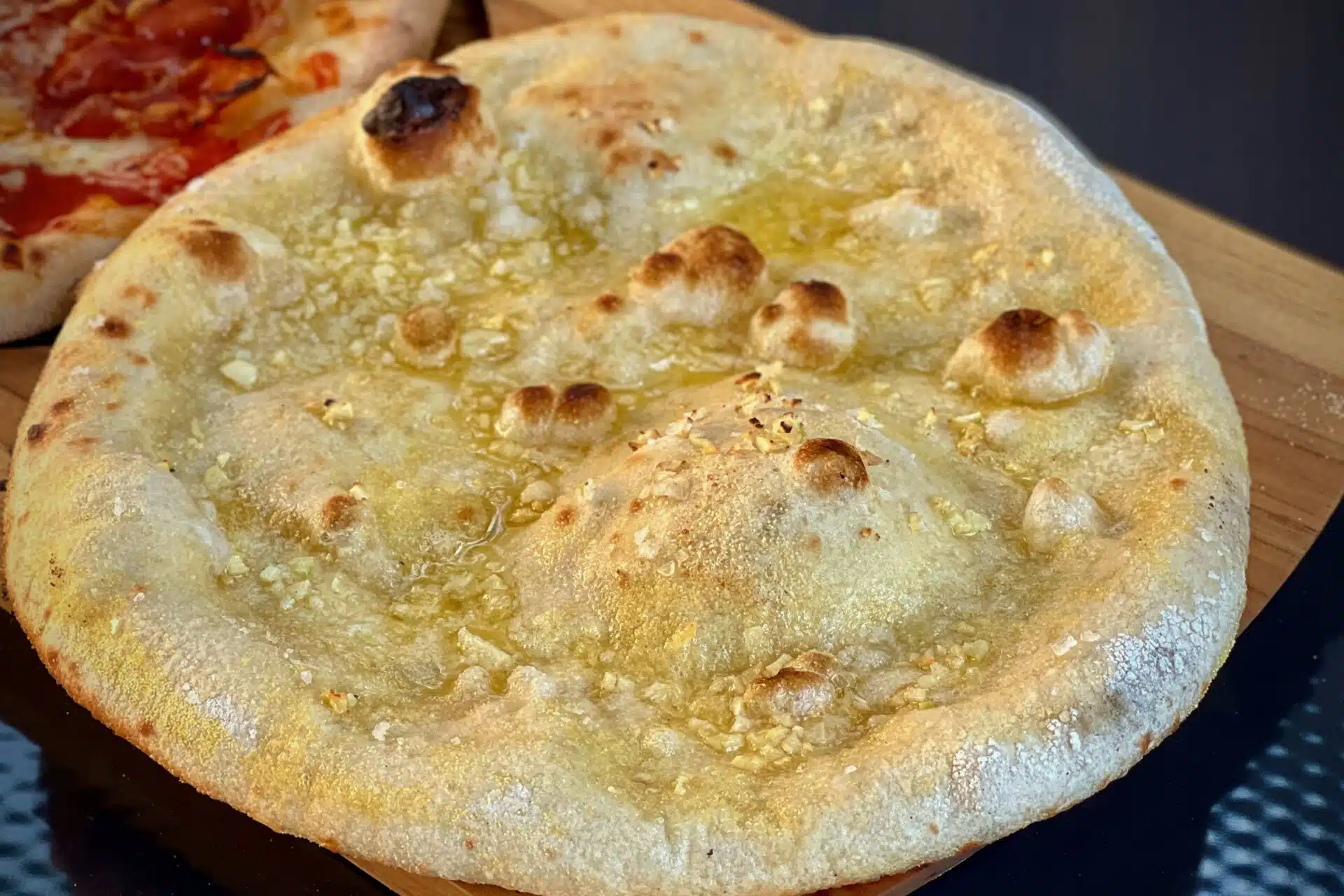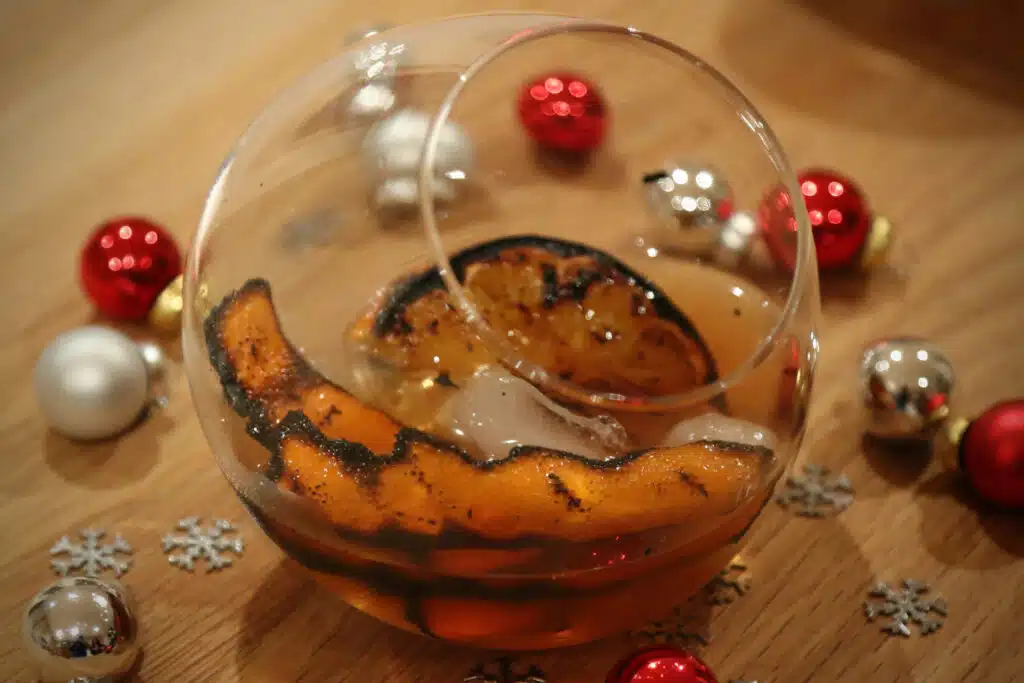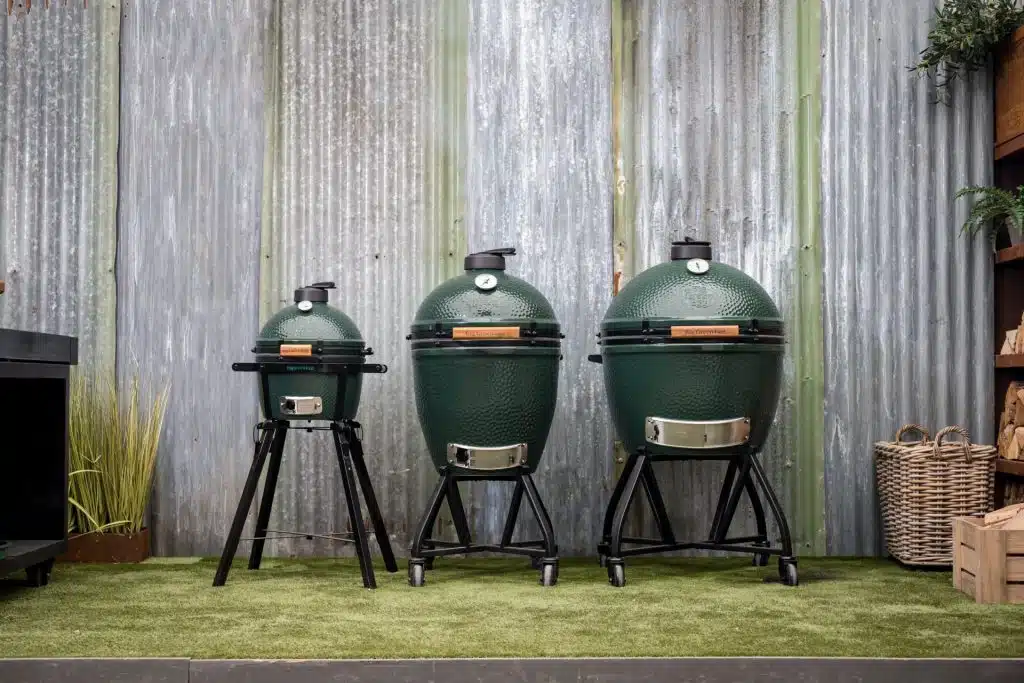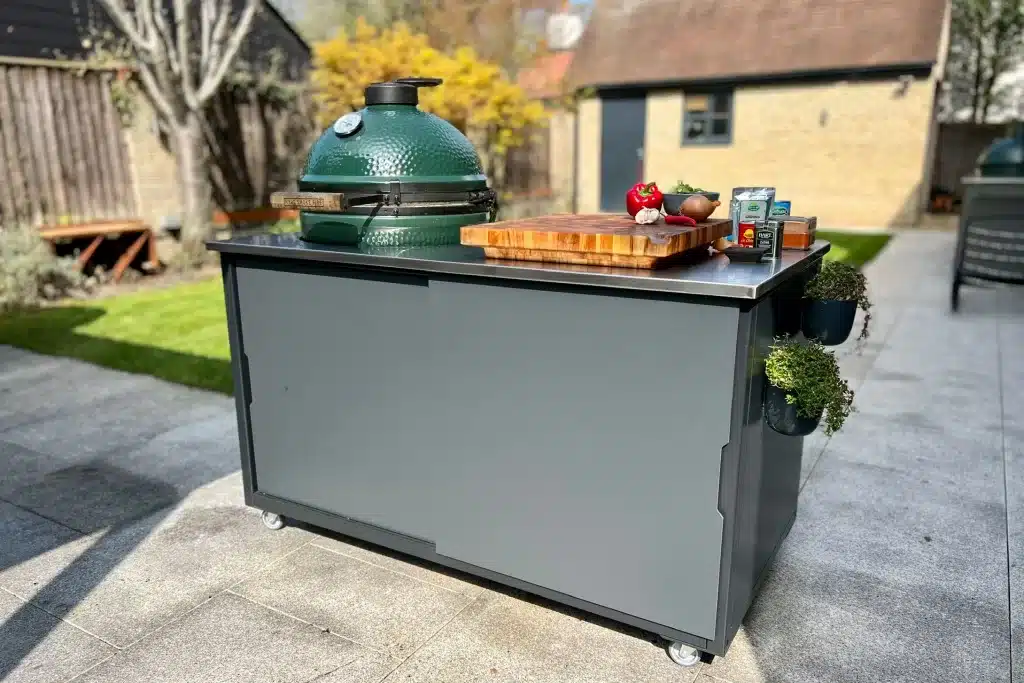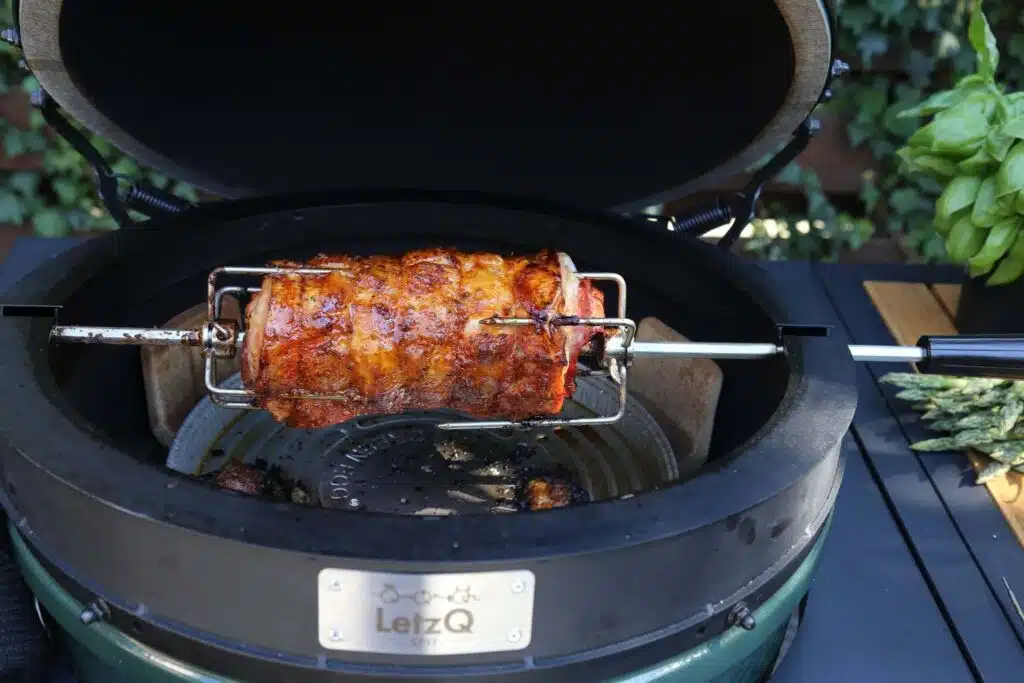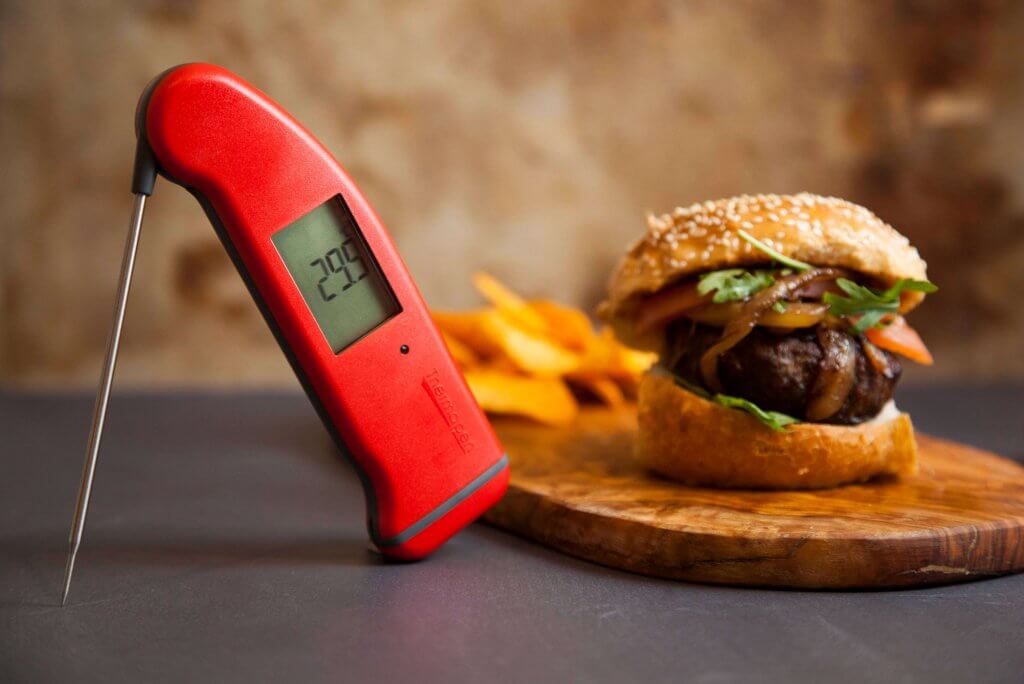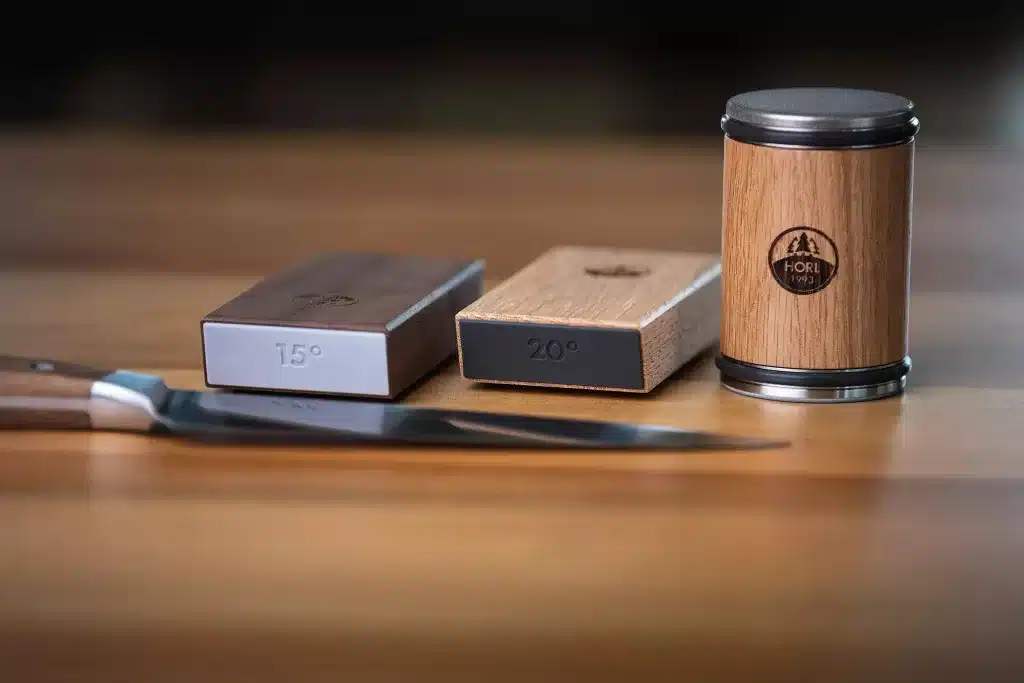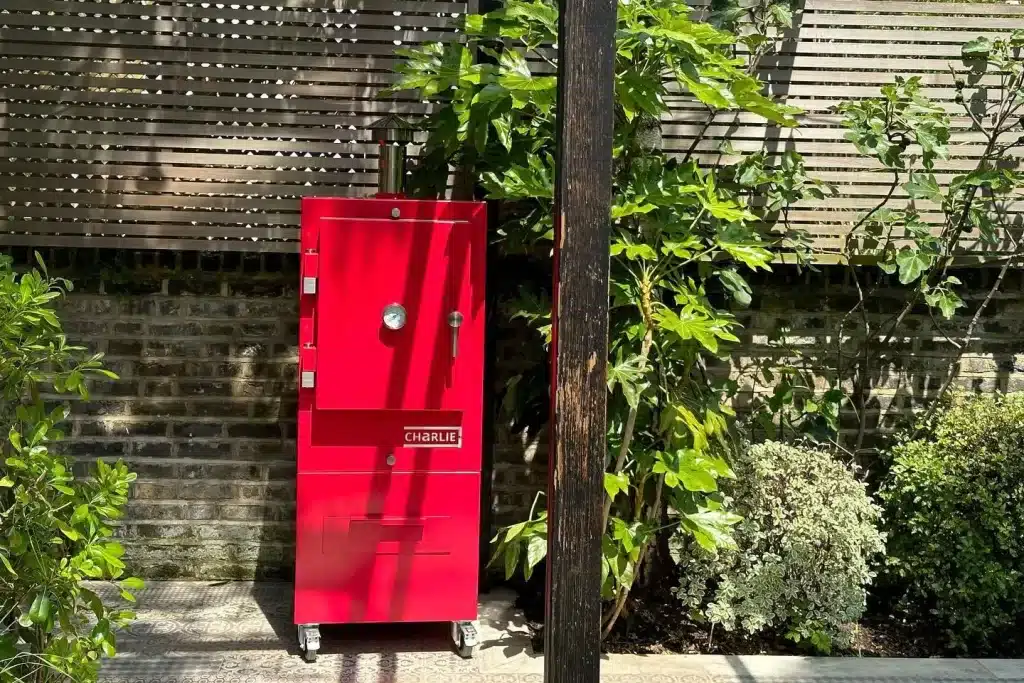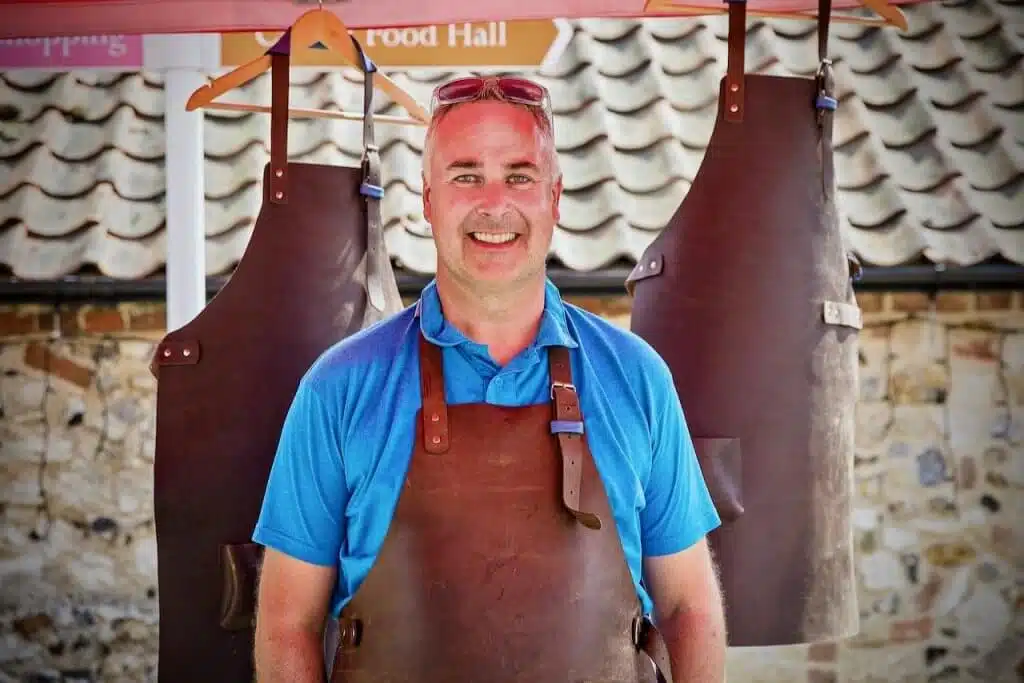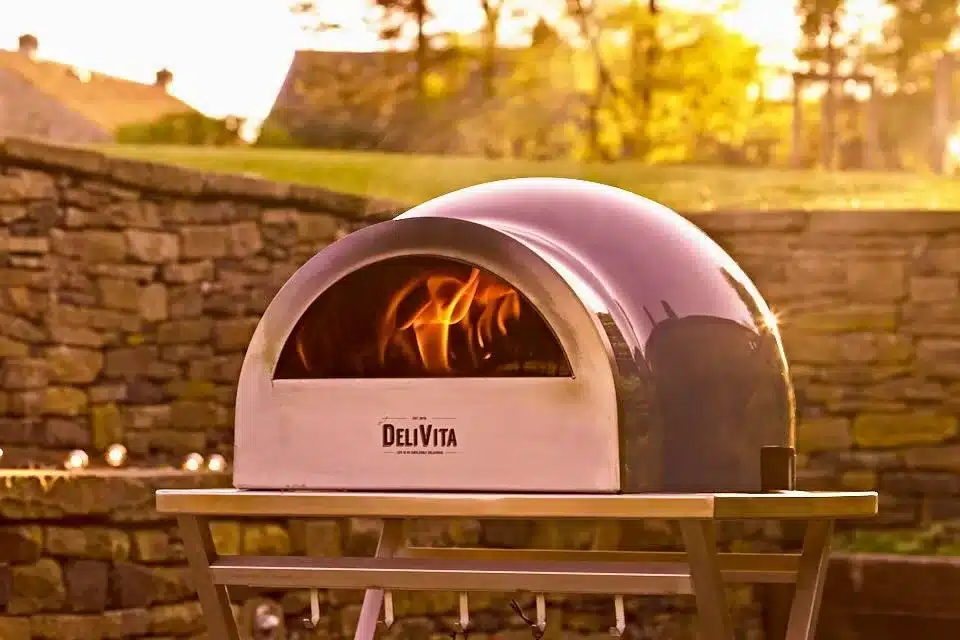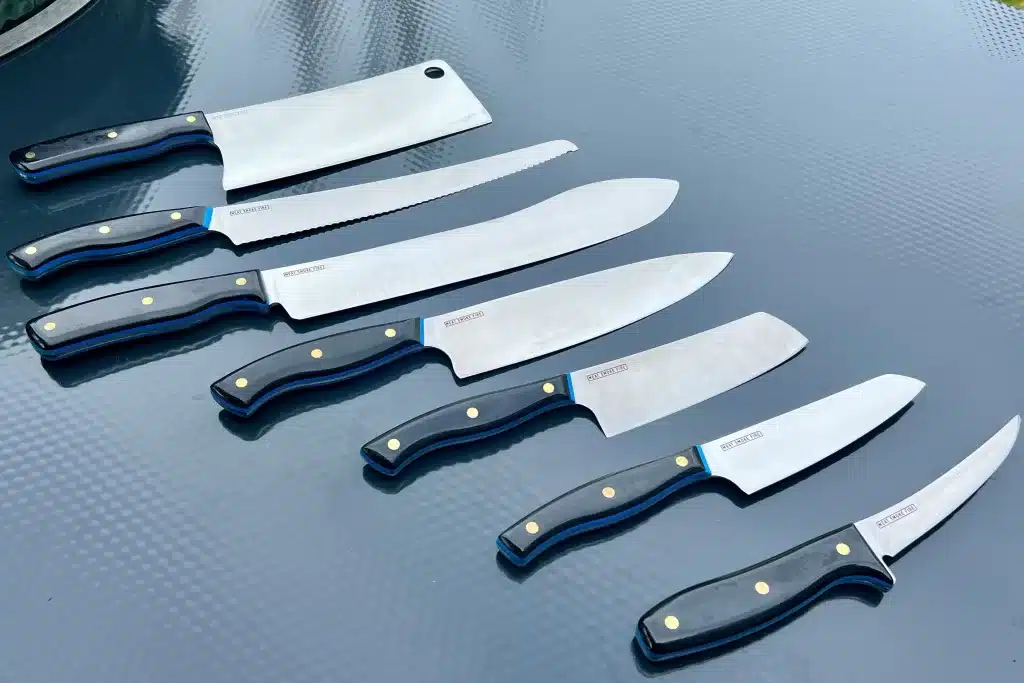Getting started with your Big Green Egg
Congratulations on buying your Egg. You’re going to have a lot of fun, it’s an amazing piece of kit and with a little practice you’ll get some truly amazing results.
Please don’t just think of it as BBQ, the Egg is brilliant at so many other ways of cooking including.
It’s worth spending a little time learning how to use your Egg and get the best results. If you load and light your Egg correctly, it will help with temperature control. And if you keep it clean, it will always perform well for you.
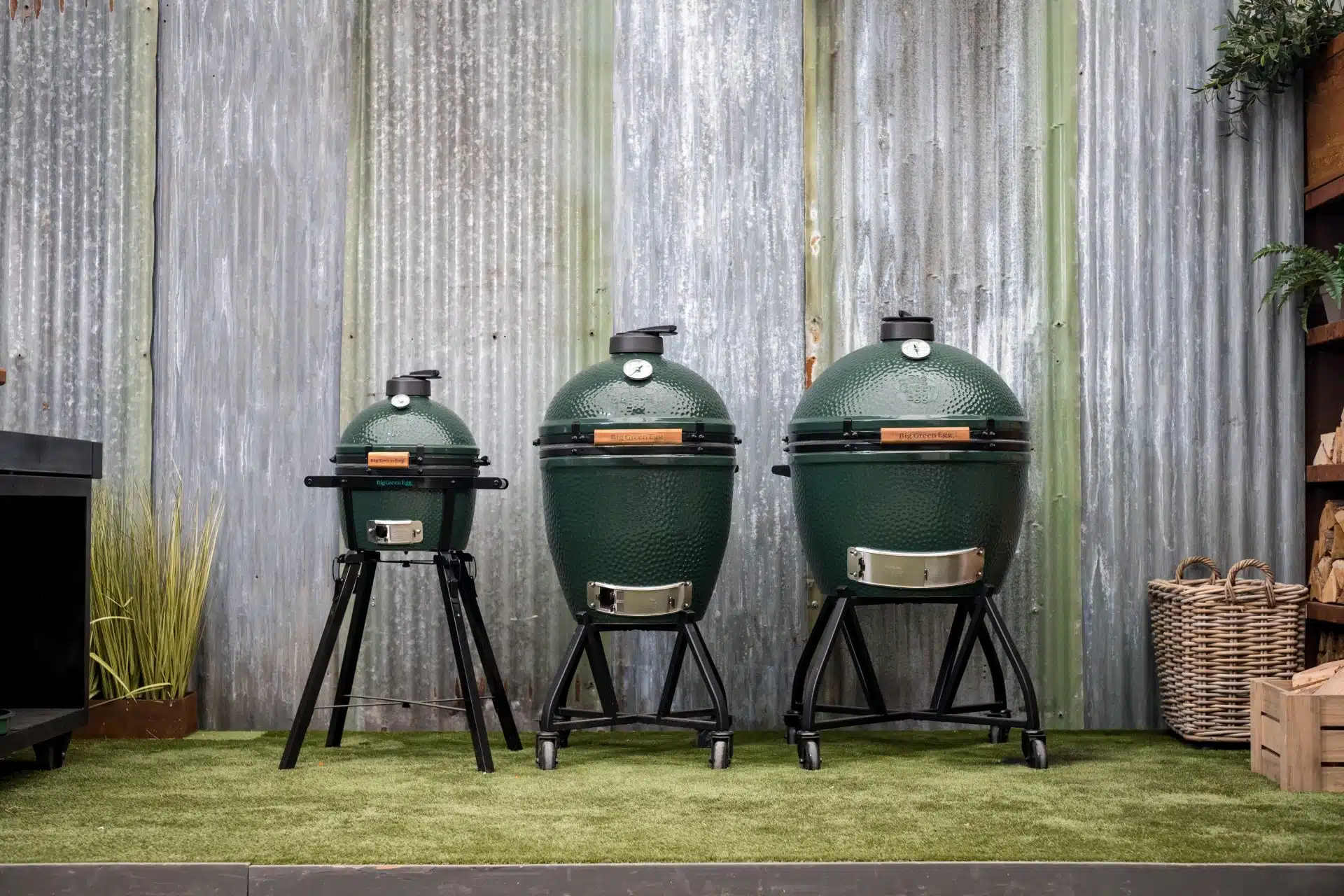
Your first cook – plan something easy
If you take just one piece of advice from me then let it be this, start with something easy. You wouldn’t go out and buy a new oven and then make the first cook a soufflé, so don’t buy an Egg and make the first cook a smoked brisket.
The first thing you need to do is learn a little bit of temperature control (after you’ve learned to light your Egg). Don’t worry about doing an indirect cook (one using the Plate Setter or ConvEGGtor), just do a cook standard BBQ cook using the stainless steel grid.
Do a cook at at a temperature easy to hold, I suggest cooking at around 180°C (350°F).
Therefore here are some things you might want to try:
- Burgers
- Sausages
- Chicken portions
Practice Temperature Control and Egg setup
With your first cook under your belt practice adjusting the temperature of your Egg. You don’t need food in your Egg to do this.
Try getting your Egg to sit at the following temperatures and settings:
- 180°C (355°F) – do this without your plate setter, just use your stainless grid or cast iron grid.
- 110°C (225°F) – add your plate setter and see the temperature drop. Now try and get the setting right so it stabilises at 110°C.
- 180°C – now with the plate setter in bring it back and stabilise it at 180°C.
- 220°C – with the plate setter, stainless grid and baking stone bring it to 220°C, perfect temp for baking bread.
Once you’ve mastered this you can now think about more difficult cooks.
Cook one thing and cook it well
The quintessential British BBQ is an event where someone dishes out burgers, sausages, chicken thighs, chicken wings, some sautéed onions, a veggie burger or two and all of them are either undercooked, burnt or usually both. Oh and you’re going to end up with food poisoning. I didn’t even mention the sweet taste of petrochemicals.
The Egg is better than this and so should you be. To blow people away you’ve only got to cook one thing and do it well.
Set yourself up to succeed, focus.
Build up to more difficult cooks
Start with the easier cooks:
- Vertical roast chicken – 180°C indirect until the chicken is 74°C at it’s thickest part.
- Steaks – cooked direct on the cast iron grid at 250°C.
Next move onto a simple low and slow:
- Ribs, either pork or beef short ribs – cooked indirectly at 110°C with a few wood chips or a wood chunk or two.
- Lamb shoulder – A 9-10 hour cook at 110°C.
Now move onto the harder (much longer cooks):
- Pork shoulder (pork butt to the Americans) – 110°C (225°F) indirect with wood chunks. This will take up to 19 hours to reach 88°C-92°C internal (195°F) when it will pull. Before that it will be tough and dry. Learn about the stall or plateau. A 3Kg pork shoulder will take up to 20 hours to cook. You can’t put it on in the morning and eat it in the evening, it won’t be ready.
Now you’re a BBQ demon, cook your first brisket:
- Brisket cooked indirectly at 110°C (225°F) until it reaches 95°C (203°F). You might want to wrap it during the stall.
